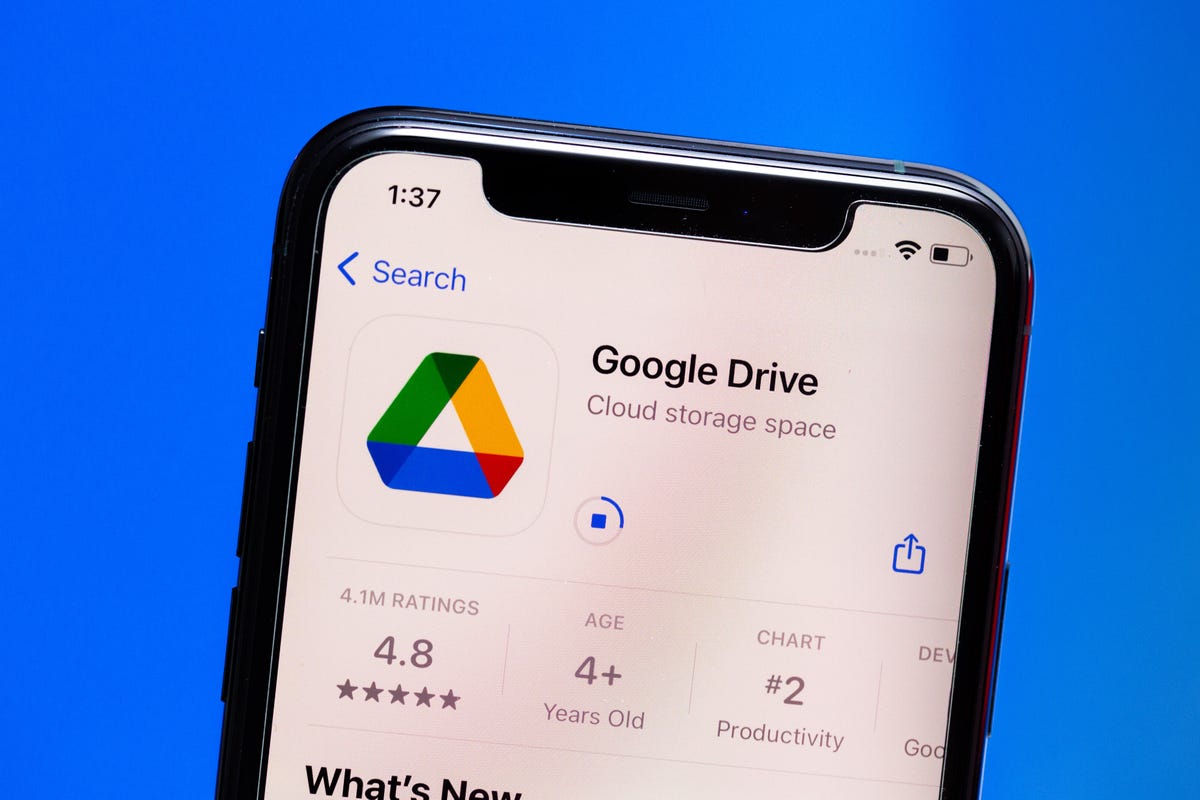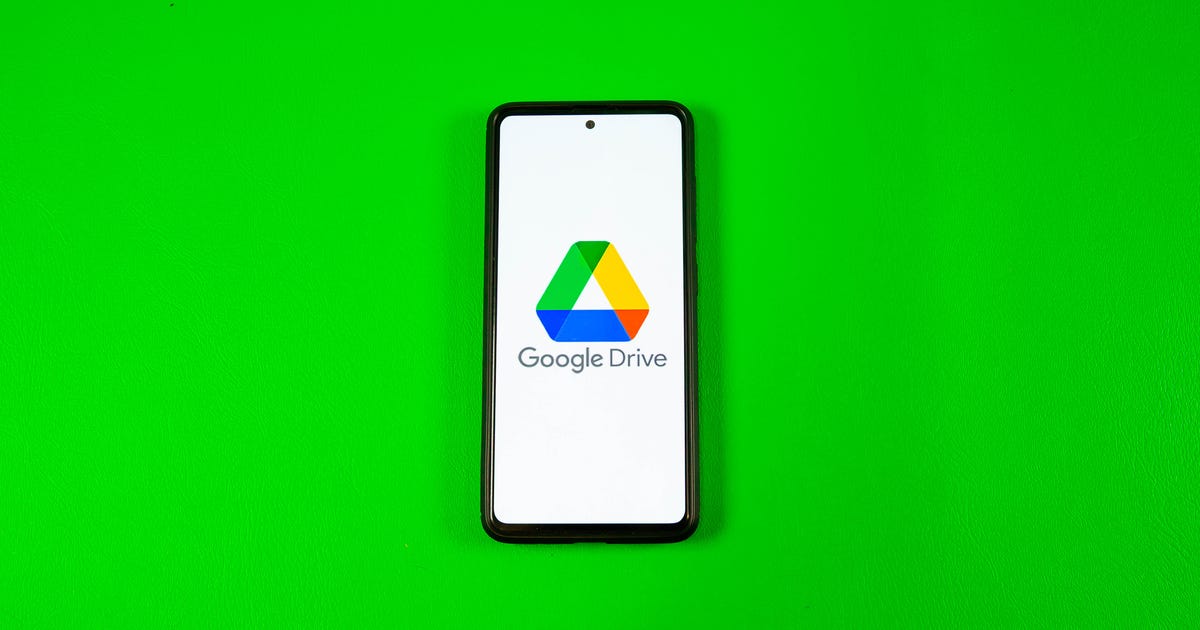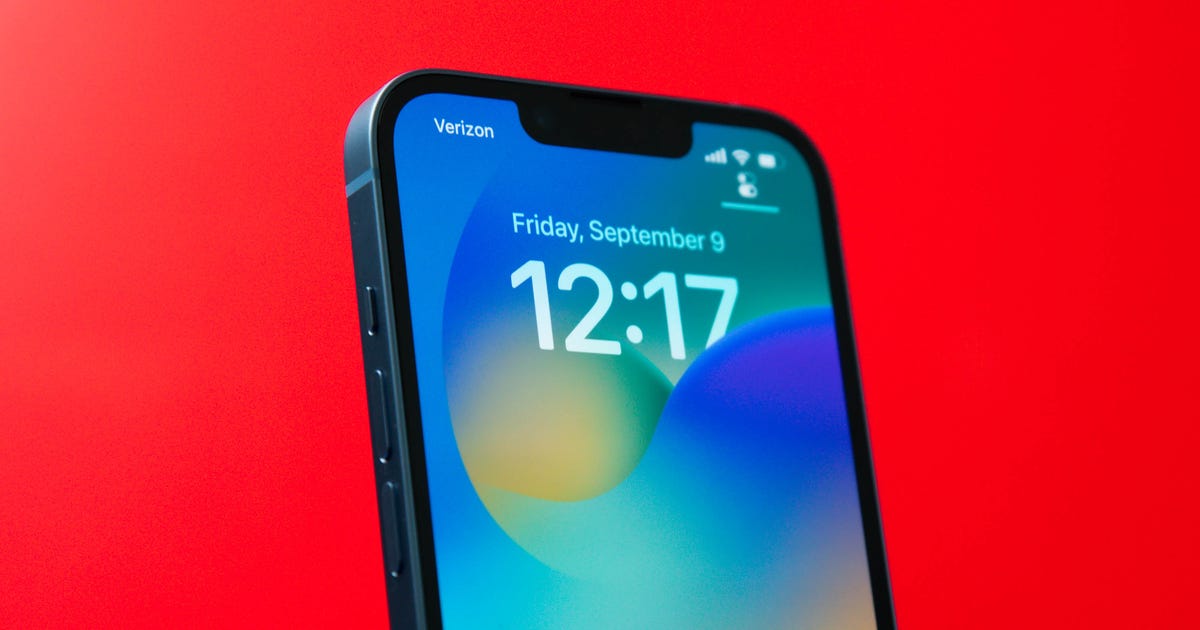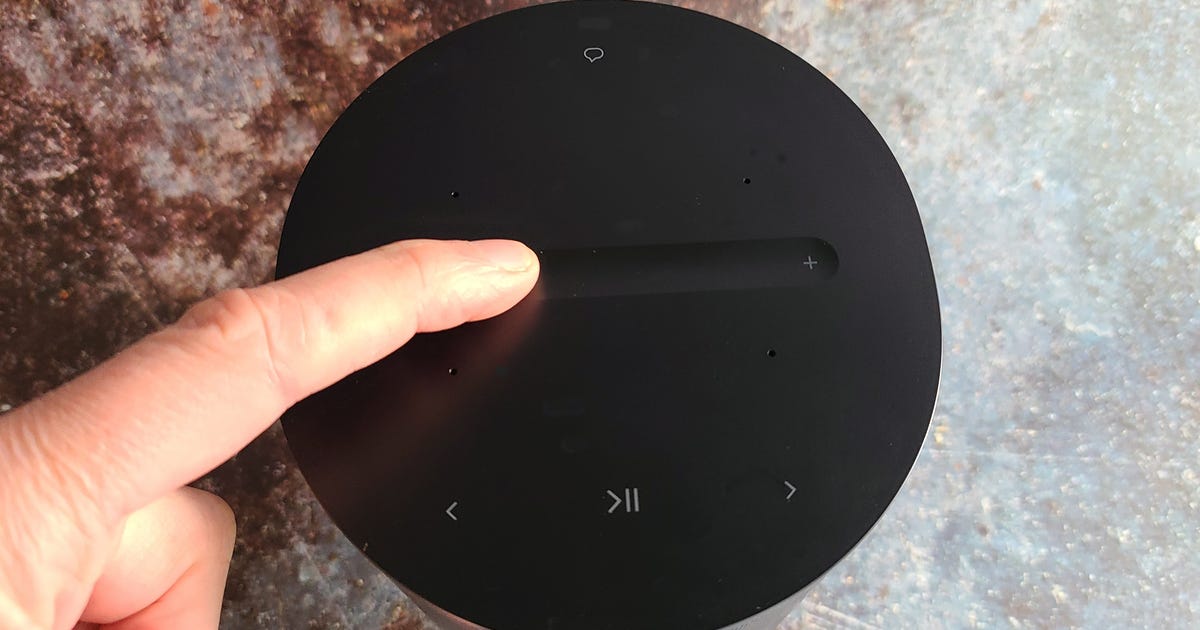Need to share a big file, or photos or videos that won’t fit in an email? Never fear. It’s easy to send almost anything to co-workers, family members and friends online — and often for free.
Enter two of the most popular options for sharing files, photos and videos: Google Drive and Microsoft OneDrive. Here, we’ll walk you through how to choose which cloud file sharing service is best for you, how much it costs to use, and how to actually share files with others. (Make sure you check out our comparison of the best cloud storage services of 2021, too.)
How to choose a file sharing service: Google Drive vs. Microsoft OneDrive
Which file sharing service you want to use likely depends on whose ecosystem you’re already in: Google Workspace (formerly called G Suite) or Microsoft 365. If your workplace is governing which you use, you probably don’t have a choice. But if you’re looking to sign up for personal use, you might want to know a bit about each service.
If you use any of Google’s productivity apps (Gmail, Docs or Calendar, for example), using Google Drive makes sense. With Drive, you get 15GB of free storage for anything you upload, including photos, videos and documents. Those who need more space can sign up for Google’s storage subscription service, Google One. Google One plans start at $2 a month in the US for 100GB of storage and other features, like Google Store discounts.
If you use Outlook or Windows 10 (which you can still download for free) and are used to Microsoft’s ecosystem, OneDrive might be the better choice for you. Microsoft 365 subscribers (who also have access to apps like Word and Excel) have 1TB of storage available. Non-subscribers can sign up for OneDrive Basic for free, which gets you 5GB of storage. Or, similar to Google One’s base tier, the OneDrive Standalone plan costs $2 a month for 100GB of storage.
Both Google Drive and OneDrive are compatible with Android and iOS, as well as Windows and MacOS desktops.
Read more: 6 of the best photo storage options for 2021: How to back up your photos in case of emergency
How to share files on Google Drive


Google Drive gives you 15GB of free storage — but you need to share it between all of your Google accounts.
Sarah Tew/CNET
Using Google Drive? Here’s how to share files step by step:
1. On your computer, go to drive.google.com.
2. Right-click on the folder or file you want to share.
3. If you want to share with people or groups, click Share. Enter their email addresses in the Add people and groups field. On the next screen, you’ll see that they are set to Editor as a default, which means they can make changes to the file or add photos. You can click the drop down and change them to Commenter or Viewer. Add a message if you want, and click Send. The people you share it with will get an email with a link to the file or folder.
4. If you want to get a shareable link that you can send to a person or group, right-click on the folder or file, and click Get link (you’ll also see this if you click Share, at the bottom of the window). The default setting is Restricted, which means only people you’ve shared the file with in the step above can open the link. If you click that, you can change it to Anyone, which means anyone with the link can open it. If you choose Anyone, you can then decide if you’d like those people to be able to edit, comment or view the file from the dropdown. Click copy link.
Alternately, you can open any file and click Share in the top right corner to see these options.
How to share files on OneDrive


The free OneDrive Basic plan gives you 5GB of storage.
Sarah Tew/CNET
If you’re using OneDrive, here’s how to share files:
1. Go to the OneDrive website, and sign in with your Microsoft account (or your work or school account).
2. Select the file or folder you want to share by clicking the circle in the upper corner of the item. You can also pick multiple items to share them together (though you can’t do this on work or school accounts).
3. At the top of the page, click Share.
4. Enter the email addresses or groups you’d like to share with. Click the pencil icon next to this field, and choose if you want those you share with to be able to edit, or just to view the file. Add a message if you want to, and click Send. The people you share it with will get an email with a link to the file or folder.
5. If you’d rather get a link for sharing, click Share, and click the top box, which says People you specify can edit. You can change this setting to anyone with the link, anyone in your organization, people with existing access or specific people. Under Other settings, you can uncheck the allow editing box, which means people you share with can view, copy or download the file without making changes. Click Apply. Then, click Copy to copy the link.
Alternately, you can open any file and click Share in the top left corner to see these options.
For more, check out how to get Microsoft 365 for free and 10 Gmail tricks you’ll use every day.


Now playing:
Watch this:
Google: How it got so big
9:34








